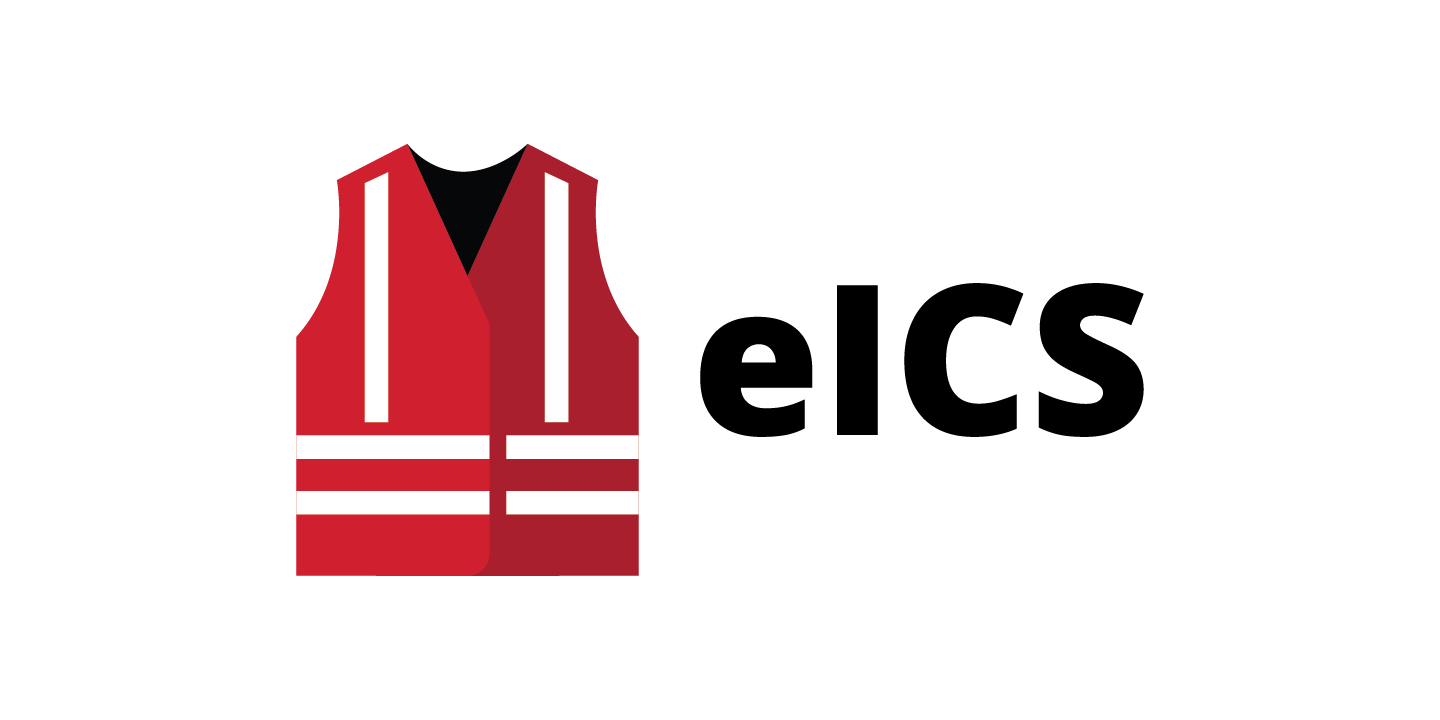ATLANTA, Ga. – Juvare launches enhanced Incoming Patient Notifications to alert hospitals in advance of patient arrivals. Sending notifications enables hospitals to better prepare for patients requiring specialized care, including incoming STEMI, stroke, sepsis, and trauma patients.
Juvare’s patient tracking solution, EMTrack, can now be configured to include standards-driven field assessment tools that help emergency medical services (EMS) identify at-risk patients and rapidly deliver targeted patient information to clinicians prior to patient arrival. This allows hospitals to proactively alert appropriate staff, reserve treatment rooms, and mobilize resources, streamlining the patient hand-off process, reducing time to intervention and resulting in improved health outcomes.
Administrators are able to include preconfigured and configurable assessment fields in their mobile (smartphone) and web patient entry forms. These fields facilitate EMS patient entry and identification of critical conditions. For example, EMTrack now provides entry form fields for:
- Stroke assessment, including both the Los Angeles Motor Scale (LAMS) and Cincinnati Prehospital Stroke Scale (CPSS)
- STEMI assessment, including infarct location, bundle branch block, and onset information
- Trauma assessment, including anatomy and mechanism of injury, as well as special considerations
- Sepsis assessment, including history suggestive of infection
- Additional scales, including pain and Glascow Coma (eye, verbal, and motor)
- Vital signs and lab results
The new functionality also offers secure, bi-directional messaging that enables EMS to communicate directly with destination hospitals, receive acknowledgements, and coordinate the patient hand-off. The data entry process is efficient, logical and easy-to-use. Now EMS can end the run with a single click, confirming that the patient was successfully delivered to the facility.
“Enabling effective, real-time communication between EMS and hospitals via innovative technology that is user friendly was critical to ensuring patients will receive the right care as early as possible,” says Sam Klietz, SVP, Chief Client Officer, Juvare.
In addition to receiving incoming patient notifications, hospital users can access dynamic patient lists that identify patients dispatched to their facility and provide high-level at-a-glance patient information. More detailed patient information is available with a click. Users can view attached images, print the notification, or message the EMS provider. Through notifications, hospital users can acknowledge, divert, and receive patients.








